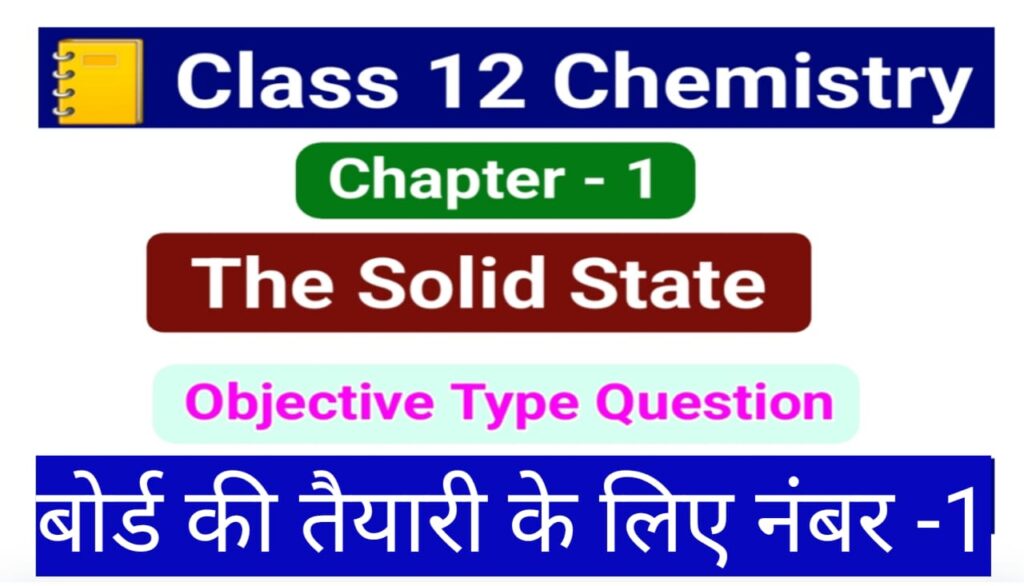Valence bond theory :- Such theory gave following points regarding bonding :-
- The bond b/w metal and ligand is Co-ordinate bond.
- Ligand donates lone pair electron to the vacant orbital of central metal.
- c) Number of vacant orbital of central metal be equal to the no of ligand.
- d) Orbital overlap together and form Common hybridised orbital.
- e) During overlapping if (n-1)d orbital is participated then the compound is called Inner d-orbital complex.
- f) If nd orbital is used during hybridization then the compound is called Outer d-orbital complex.
- g) This theory well explain the shape and geometry of co-ordination compound.
Hybridization of Co-ordination compound which has six ligand.
Case-I :- When compound form outer d-orbital complex :- Such compound is obtained whom co-ordination compound has weak ligand.
Eg- [Ni(NH3)6]2+
Hybridisation → SP3d2
Shape → Octahedral
Nature. → Paramagnetic Outer d-orbital complex compound has high spin and these are paramagnetic in nature due to presence of unpaired electron.
Case-II :- Inner d-orbital complex :-
In such complex (n-1)d. orbital is used. It happens when ligands are strong. These ligands are forced to pair up the electron. Such compounds have low spin because most of the electrons are paired up by which generally these are diamagnetic in nature.
Example
K3[Fe(CN)6]
Hybridisation. → d2Sp3
Shape → Octahedral
Nature → Paramagnetic










